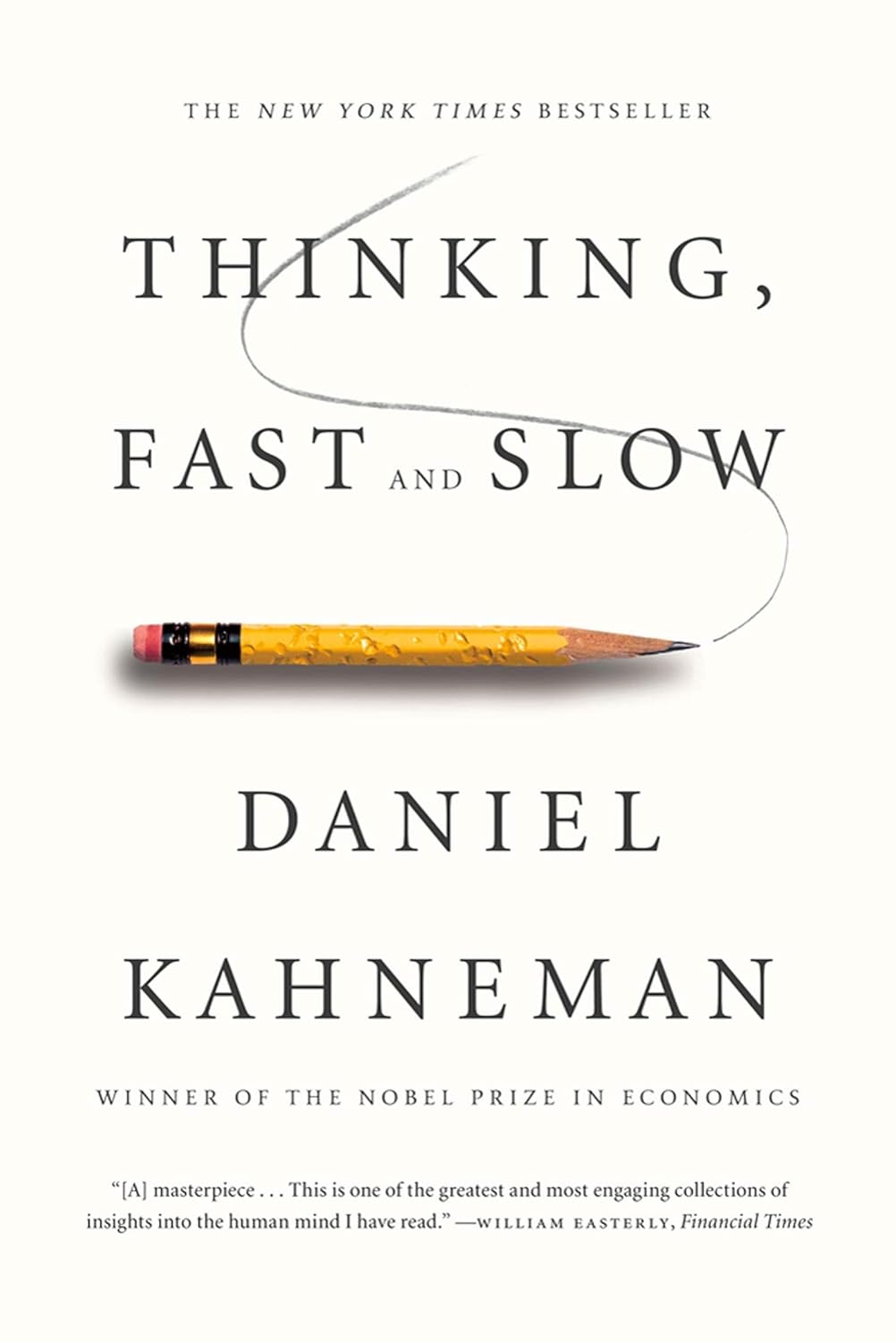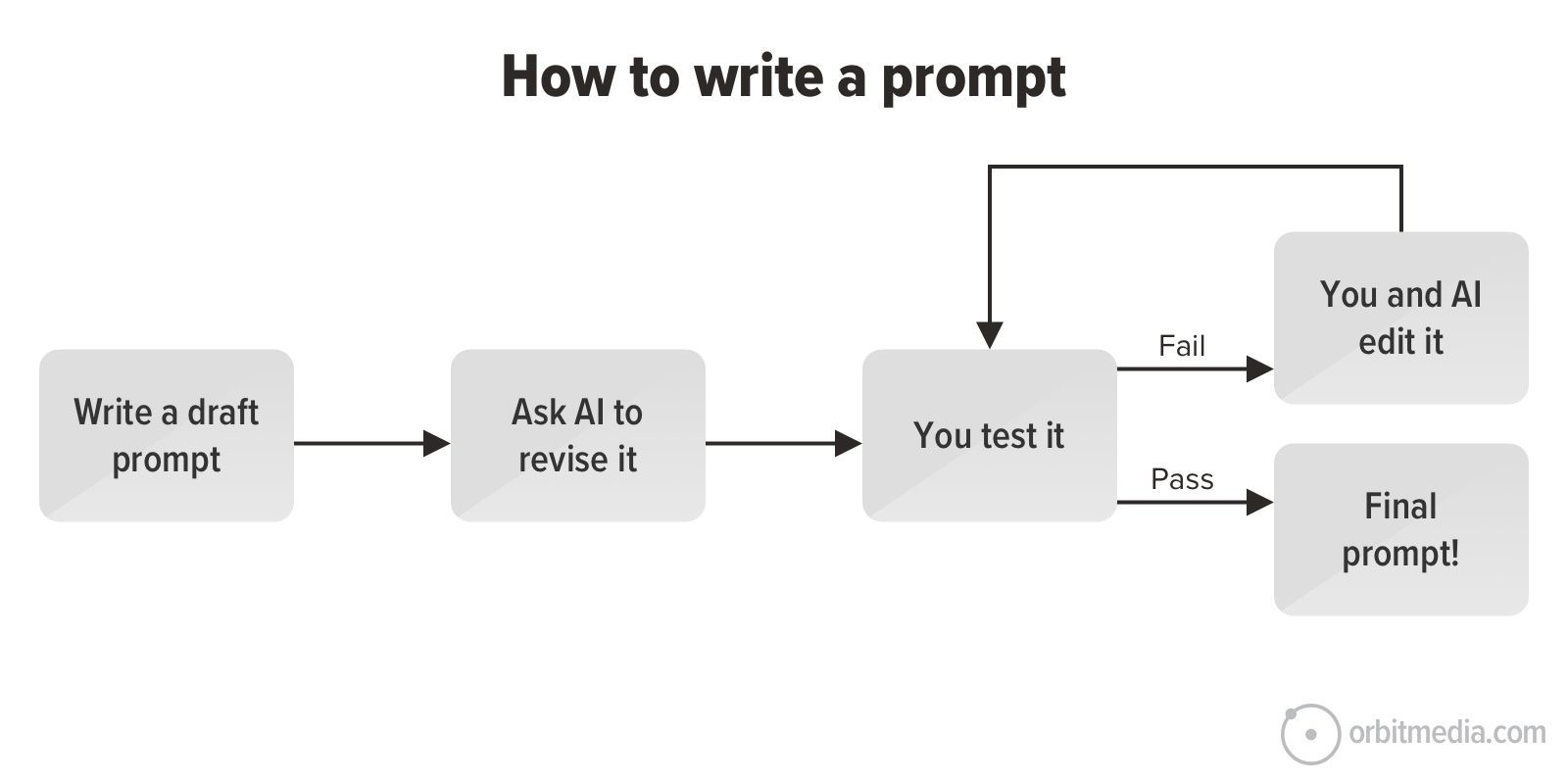Performance Marketing vs. Brand Marketing: What's Best for You?
Performance Marketing vs. Brand Marketing: What's Best for You?

In the evolving digital marketing landscape, two dominant strategies stand out: performance marketing and brand marketing. While both aim to drive business growth, they approach the goal in fundamentally different ways.
Understanding the distinction—and when to use each—can mean the difference between short-term spikes and long-term success. This article dives deep into the differences, benefits, and use cases of both approaches to help you decide what’s best for your business.
What Is Performance Marketing?
Performance marketing refers to data-driven, results-focused marketing tactics where you only pay when a specific action is completed. These actions can include clicks, leads, app installs, or sales.
Key Characteristics:
-
ROI-focused
-
Short-term wins
-
Easily measurable
-
Highly targeted
-
Scalable with clear KPIs
Common Channels:
-
Pay-per-click (PPC)
-
Affiliate marketing
-
Influencer partnerships with performance terms
-
Paid social (Facebook, Instagram Ads)
-
Programmatic display ads
SEO Keywords to Target: performance marketing strategy, ROI-focused marketing, data-driven campaigns
What Is Brand Marketing?
Brand marketing is focused on creating awareness, shaping perception, and building long-term emotional connections with your target audience. It doesn’t aim for immediate conversions but lays the foundation for future growth.
Key Characteristics:
-
Emotion and storytelling-driven
-
Long-term investment
-
Not always directly measurable
-
Builds customer loyalty and trust
-
Enhances brand equity and recall
Common Channels:
-
TV and radio advertising
-
Sponsorships and events
-
Organic social media
-
Content marketing
-
Brand storytelling videos
-
Public relations
SEO Keywords: brand building marketing, brand awareness strategy, emotional marketing
Performance vs. Brand Marketing: The Key Differences
|
Aspect |
Performance Marketing |
Brand Marketing |
|
Goal |
Drive immediate actions (clicks, sales) |
Build awareness and loyalty |
|
Timeline |
Short-term |
Long-term |
|
Measurement |
Highly measurable (CPC, CPA, ROAS) |
Harder to measure (brand lift, recall) |
|
Channels |
Paid digital, affiliate, email |
PR, social, content, media |
|
Budget Use |
Pay-for-performance |
Pay-for-exposure |
|
Tools |
Google Ads, Facebook Ads, HubSpot |
Canva, Brandwatch, Sprout Social |
While performance marketing is great for hitting monthly targets, brand marketing is essential for scaling sustainably over years.
Pros and Cons of Performance Marketing
✅ Pros:
-
Immediate results and measurable ROI
-
Easy A/B testing and optimization
-
Scalable with a flexible budget
-
Clear attribution and data analytics
❌ Cons:
-
Can become expensive if not optimized
-
Lacks emotional connection with customers
-
Doesn’t build long-term brand equity
-
Highly dependent on platform algorithms (e.g., Google, Meta)
Pros and Cons of Brand Marketing
✅ Pros:
-
Builds lasting emotional bonds
-
Increases customer lifetime value (CLV)
-
Fuels organic growth and word-of-mouth
-
Enhances trust and credibility
❌ Cons:
-
Hard to quantify ROI directly
-
Requires long-term investment
-
Takes time to show results
-
May lack immediate conversion impact
When Should You Use Performance Marketing?
Performance marketing is ideal when you need quick, scalable results—especially if you’re launching new offers, need to hit specific KPIs, or operate in a fast-paced eCommerce or SaaS environment.
Best Use Cases:
-
New product launches
-
Seasonal promotions
-
Lead generation campaigns
-
Retargeting and cart abandonment
-
Affiliate-driven customer acquisition
Pro Tip: Always monitor your Cost per Acquisition (CPA) and Return on Ad Spend (ROAS) to ensure profitability.
When Should You Focus on Brand Marketing?
Brand marketing shines when you’re focused on positioning, trust-building, and long-term differentiation. It’s essential for businesses in competitive markets where emotional appeal and credibility drive loyalty.
Best Use Cases:
-
Building brand authority in a new market
-
Creating trust in high-ticket or B2B industries
-
Launching thought leadership initiatives
-
Expanding your organic footprint through storytelling
-
Driving long-term social media engagement
Pro Tip: Track metrics like brand lift, share of voice, direct traffic, and search volume for branded terms.
The Case for a Balanced Approach
In reality, performance marketing vs. brand marketing is not a binary choice. The most effective companies integrate both.
Why a Hybrid Strategy Works:
-
Brand marketing builds demand, while performance marketing captures it.
-
A strong brand lowers your cost per click (CPC) over time.
-
Story-driven brands outperform transactional competitors in retention.
-
Long-term branding increases customer lifetime value (CLTV).
Example:
A SaaS startup might use paid ads (performance) to drive trial sign-ups, while simultaneously investing in a content hub and YouTube channel (brand) to educate and retain users.
How to Balance Brand and Performance Marketing
1. Set Dual Goals
-
Performance: Conversions, leads, CPA
-
Brand: Awareness, engagement, brand lift
2. Budget Allocation
-
Short-term campaigns: 60% performance / 40% brand
-
Long-term scaling: 40% performance / 60% brand
3. Align Messaging Across Both
Use the same brand voice, tone, and visuals whether you’re writing ad copy or producing a brand film.
4. Measure What Matters
-
Combine attribution models for short-term wins
-
Use brand surveys and Google Trends to track awareness
Final Thoughts
Choosing between performance marketing vs. brand marketing depends on your goals, budget, and stage of business. While performance marketing delivers immediate results, brand marketing builds the foundation for trust, loyalty, and scalable growth.










































































































![Building A Digital PR Strategy: 10 Essential Steps for Beginners [With Examples]](https://buzzsumo.com/wp-content/uploads/2023/09/Building-A-Digital-PR-Strategy-10-Essential-Steps-for-Beginners-With-Examples-bblog-masthead.jpg)














![How to Use GA4 to Track Social Media Traffic: 6 Questions, Answers and Insights [VIDEO]](https://www.orbitmedia.com/wp-content/uploads/2023/06/ab-testing.png)

































